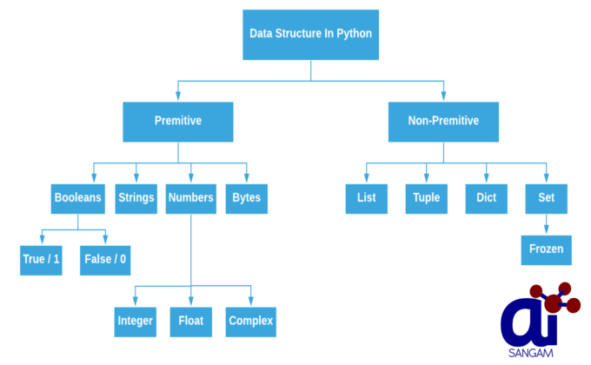Python Pandas Tree Structure
- Python Pandas Tutorial
- Python Pandas Useful Resources
- Selected Reading
Once trees are loaded, they can be manipulated as normal python objects. Given that a tree is actually a collection of nodes connected in a hierarchical way, what you usually see as a tree will be the root node instance from which the tree structure is hanging. However, every node within a ETE’s tree structure can be also considered a subtree. Pandas is a Python package providing fast, flexible, and expressive data structures designed to make working with 'relational' or 'labeled' data both easy and intuitive. Renew drivers license tn online. It aims to be the fundamental high-level building block for doing practical, real world data analysis in Python. Additionally, it has the broader goal of becoming the most powerful and flexible open source data.
Pandas is an open-source, BSD-licensed Python library providing high-performance, easy-to-use data structures and data analysis tools for the Python programming language. Python with Pandas is used in a wide range of fields including academic and commercial domains including finance, economics, Statistics, analytics, etc. In this tutorial, we will learn the various features of Python Pandas and how to use them in practice.
This tutorial has been prepared for those who seek to learn the basics and various functions of Pandas. It will be specifically useful for people working with data cleansing and analysis. After completing this tutorial, you will find yourself at a moderate level of expertise from where you can take yourself to higher levels of expertise.
You should have a basic understanding of Computer Programming terminologies. A basic understanding of any of the programming languages is a plus. Pandas library uses most of the functionalities of NumPy. It is suggested that you go through our tutorial on NumPy before proceeding with this tutorial. You can access it from − NumPy Tutorial

Outputsammy-sharkDictionaries behave like a database in that instead of calling an integer to get a particular index value as you would with a list, you assign a value to a key and can call that key to get its related value.By invoking the key 'username' we receive the value of that key, which is 'sammy-shark'.The remaining values in the sammy dictionary can similarly be called using the same format: sammy'followers'# Returns 987sammy'online'# Returns TrueBy making use of dictionaries’ key-value pairs, we can reference keys to retrieve values. Using Methods to Access ElementsIn addition to using keys to access values, we can also work with some built-in methods:. dict.keys isolates keys.
dict.values isolates values. dict.items returns items in a list format of (key, value) tuple pairsTo return the keys, we would use the dict.keys method. In our example, that would use the variable name and be sammy.keys. Let’s pass that to a print method and look at the output: print(sammy.keys).
Output.NameError: name 'jesse' is not definedBecause dictionaries are mutable data types, they can be added to, modified, and have items removed and cleared. ConclusionThis tutorial went through the dictionary data structure in Python. Dictionaries are made up of key-value pairs and provide a way to store data without relying on indexing. This allows us to retrieve values based on their meaning and relation to other data types.From here, you can learn more about other data types in our “” tutorial.You can see the dictionary data type used in programming projects such as.
